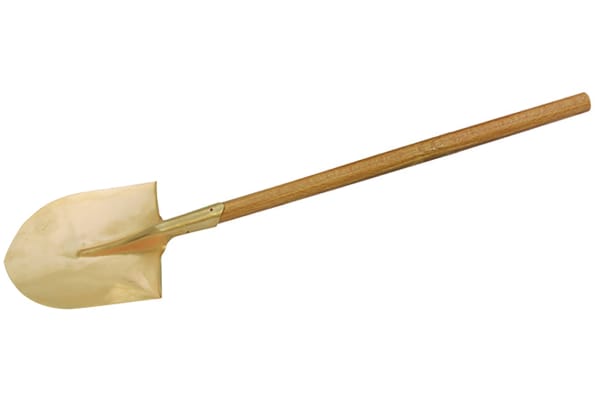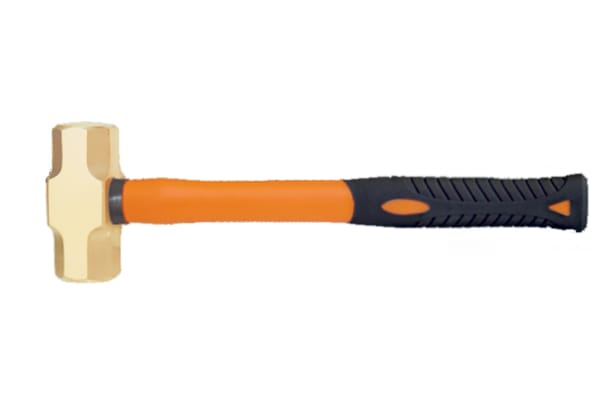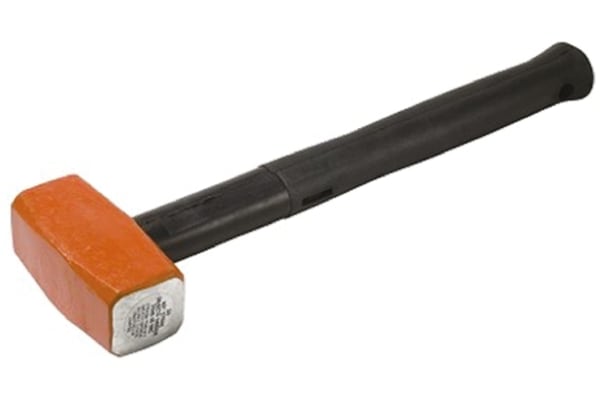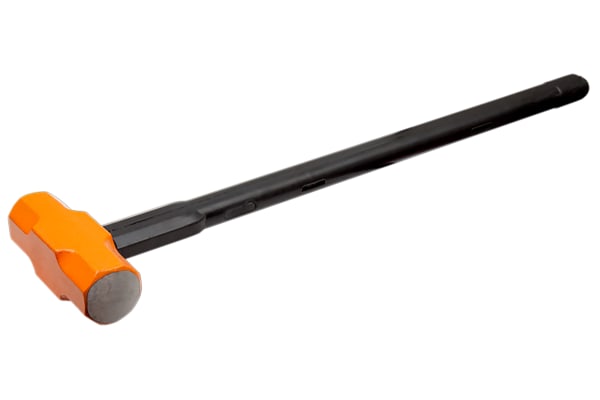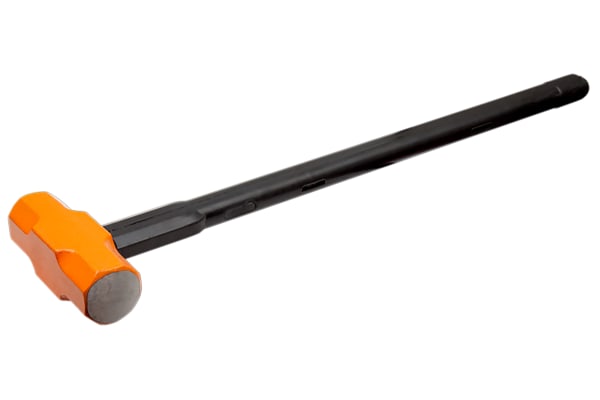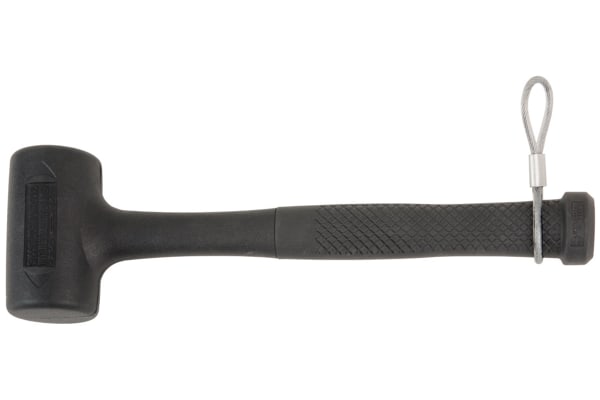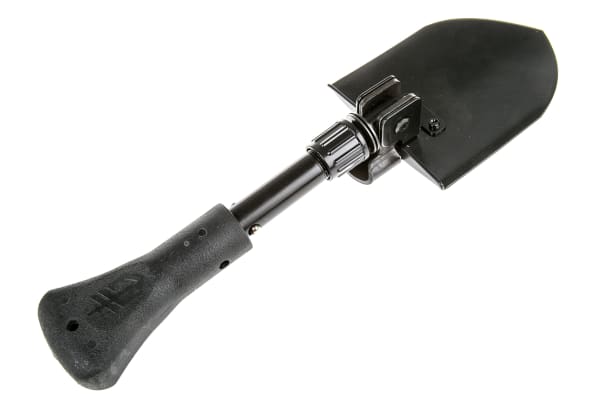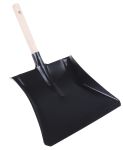Shovels & Sledgehammers
Shovels are one of the most well-known hand tools due to their versatile simplicity that allows them to be used for a wide variety of applications, from home gardening to specific construction projects. With a triangular or T-shaped grip at the top that fits into the handle or shaft – which is normally made from wood, plastic or metal – and the blade attached to the base of the shaft, the shovel or spade is an easily-recognisable tool. Shovel and spade blades can be made from various materials, such as steel, polypropylene or non-sparking aluminium.What’s the difference between a spade and a shovel?It’s more than just a word choice – spades and shovels are actually different, even if the terms get used interchangeably. Spades generally have shorter, flat blades and are most effective when used for edging gardens, digging trenches or cutting into sod. Shovel blades, on the other hand, are curved more to act like a scoop and are better for digging up, breaking, lifting and moving loose materials like dirt, gravel or sand.What are spades and shovels used for?</h2?The versatility of these tools is granted by the simplicity of its functions, allowing it to be used for a multitude of reasons in a few simple ways. Shovels are designed to scoop up and move loose materials such as soil, sand, and snow, as well as construction aggregates and even light rubble or debris. Shovels can also be used to dig holes and trenches, with some fitted with purpose-designed blades.Their most common applications would include gardening, farm work, utility installation, and aggregate transfer.Types of shovels There are various types of a shovel, choosing the correct one would depend on the application or environment it is to be used.Digging – designed for digging holes. They feature a curved scoop with upturned edges. Digging shovels have a curved pointed tip and are ideal for preparing the ground in gardens or allotments ready for planting trees and shrubs.Scooping – designed to scoop up or move loose materials. They usually feature a wider head with a flat tip and are ideal for shovelling moving gravel and sand on building sites. Snow shovels are another example, used to move snow from paths and driveways in colder climates or winter months.Trench – these have a longer narrower head with a sharp pointed tip. Trench shovels have steeper upturned sides and are the perfect shape for digging new trenches to lay pipework for utility installation.Square – have a flatter head with a straight tip. Square-head or square mouth shovels like scooping shovels are used to move loose material, with flatter head on a square shovel also making them ideal for slicing through tough tree or plant roots.
-
Bahco 290 x 240 mm Non Sparking Round Shovel
IDR3,830,058.35 -
Bahco Aluminium; Bronze Sledgehammer, 4.5kg
IDR7,682,772.94 -
Bahco Aluminium; Bronze Sledgehammer, 450g
IDR1,956,722.95 -
Bahco Sledgehammer, 1.8kg
IDR1,659,150.02 -
Bahco Sledgehammer, 2.7kg
IDR3,230,192.44 -
Bahco Sledgehammer, 3.6kg
IDR3,613,145.83 -
Bahco Sledgehammer, 4.5kg
IDR3,912,397.00 -
Bahco Sledgehammer, 5.4kg
IDR4,352,515.44 -
Bahco Steel Sledgehammer, 900g
IDR953,554.99 -
Gerber Folding Spade Shovel with Carbon Steel Blade
IDR1,099,352.09 -
RS PRO 225 x 120 x 430 mm Hand Shovel
IDR194,885.62 -
RS PRO Medium Carbon Steel Sledgehammer, 3.2kg
IDR1,306,719.62 -
Vikan 379 x 345 mm Square Shovel
IDR479,557.08 -
Vikan 379 x 345 mm Square Shovel
IDR450,922.11



